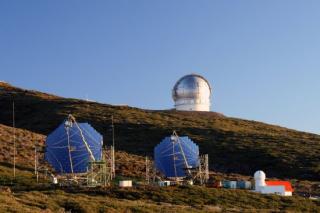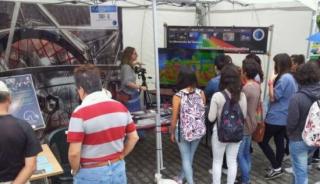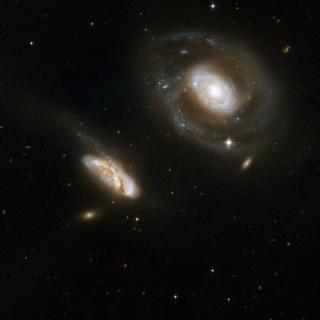Videos: Interviews XXIV Canary Islands Winter School of Astrophysics El estudio de los espejismos gravitatorios centra la XXIV edición de la Escuela de Invierno del IAC Conferencia en el Museo de la Ciencia y el Cosmos con motivo de la Winter School "Espejismos gravitatorios"
Advertised on




